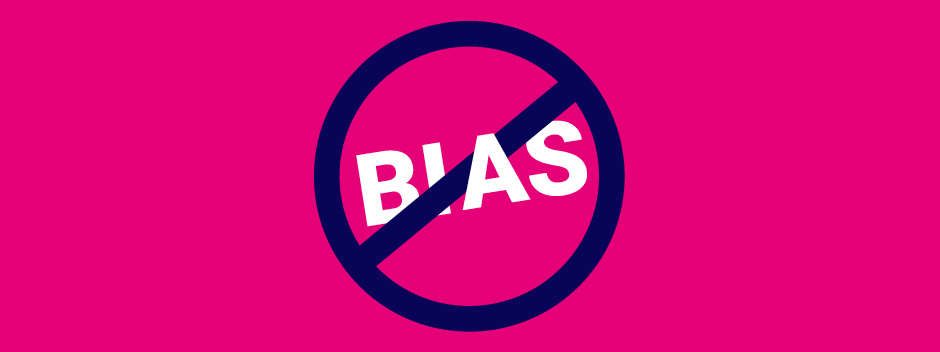And the message is sure to filter through to your potential candidates.
Bias refers to a disproportionate inclination for or against a person or an idea. It’s often unconscious and can result from the stereotypes, beliefs or attitudes that we aren’t always aware of.
“Unconscious bias happens automatically and is triggered by our brain making quick decisions,” says Nicola Laver, SEEK’s Associate Client Training Manager.
Your job ads send a strong message to candidates about your commitment to creating an inclusive and diverse workforce. How can you ensure they are welcoming to a wide range of candidates? Laver has the following five tips.
-
Write for the role, not for the ‘ideal’ candidate
Most job ads tend to be written with a stereotypical candidate in mind, for example construction is often seen as male, and healthcare as female. We also often make assumptions about things like disability or age.
To avoid defaulting to stereotypes in your ads, Laver suggests focusing on the requirements of the role.
“Before writing your ad, get quite granular about what you actually need from the role,” she says. “If you are recruiting a receptionist role, for instance, can someone in a wheelchair do this role? If so, ensure your language doesn’t exclude them.” -
Prioritise the candidate viewpoint, not your own
Research for SEEK shows that job seekers prefer ads that have clear, direct and simple language. However, Laver says many ads contain organisational jargon, which can disadvantage those who don’t share the same specialised vocabulary.
“The same applies to language that conveys a sense of quirkiness,” says Laver. “What does ‘quirky’ mean to candidates who are neuro-diverse? It might make someone who is introverted feel awkward,” she says.
“I don’t think there’s a definition of ‘fun’ or ‘quirky’ that resonates with absolutely everyone so, wherever possible, be as specific about your culture as possible.” -
Get right to the point
“SEEK analytics shows that anything over six selection criteria can be a turn off for female candidates,” says Laver.
This is because on average, women don’t tend to apply for jobs unless they meet all the criteria, whereas men are happy to apply for a job when they meet only some of the criteria.
Keeping your job ad concise and role-focused can help you attract quality candidates from a wider talent pool. -
Choose your adjectives wisely
Some words are subconsciously more appealing to men or to women, without being obviously gender biased.
“Job ads for sales and real estate, in particular, tend to include masculine language, like ‘competitive’,” Laver says. "But it’s easy to switch these words for ones that appeal to a wider group. For example, hiring someone with an ability to ‘connect’ with clients would still give you an edge over your competitors.”
Laver says a 50:50 balance of masculine and feminine language is fine, but if you want to address a gender imbalance by attracting more women, include more feminine-themed words.
Examples of masculine words include:
- ‘independent’
- ‘lead’
- ‘competitive’
- ‘assertive’
- ‘determined’
- ‘analytical’
Examples of feminine words include:
- ‘responsible’
- ‘connect’
- ‘dedicated’
- ‘support’
- ‘sociable’
- ‘conscientious’
-
Avoid a ‘wishlist’
Why do you want your candidates to have a Masters degree or to live locally? Is it vital to the role? Laver says biases often creep into job ad wishlists, so be careful what you wish for.
“A customer service role may require a range of valuable skills, but is a university degree really necessary?” asks Laver.
“There is a tendency to write job ads for ‘people like us’,” adds Laver. “It’s wise to reassess your wishlist to make sure you’re not excluding qualified candidates.”
Writing a job ad may seem like a simple task, but it’s crucial to think about what message you’re really sending to your market of potential candidates.
“When you write your next job ad, think about the whole marketplace - Indigenous Australians, people with disabilities, the LGBTIQ+ community - rather than a specific type of candidate,” says Laver. “When you remove bias from your job ads, you broaden your talent pool and let everyone know they’re welcome.”

